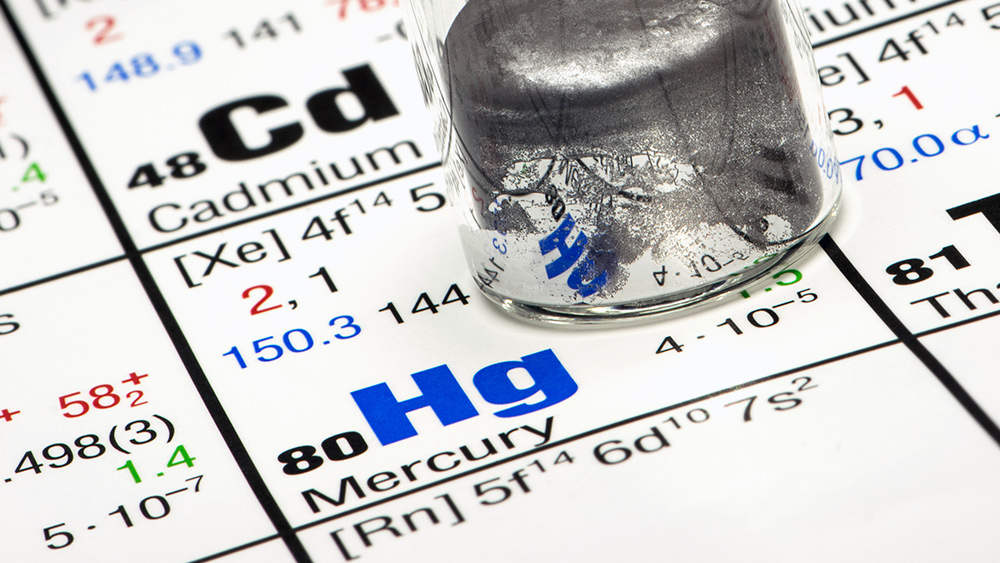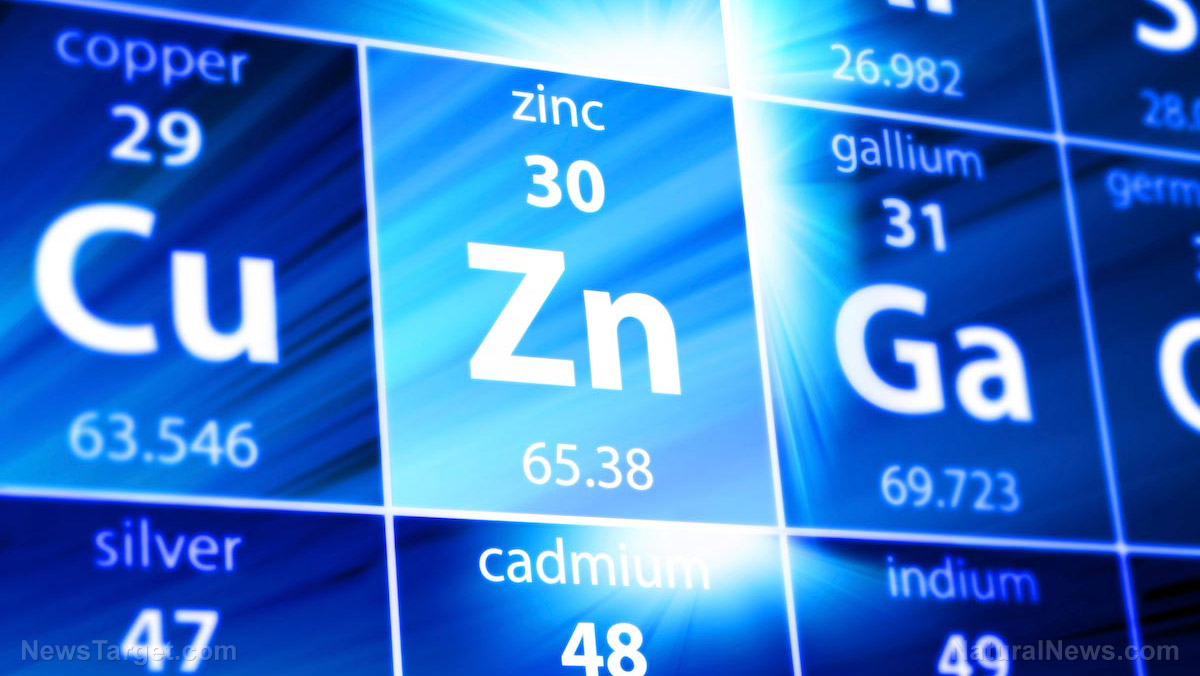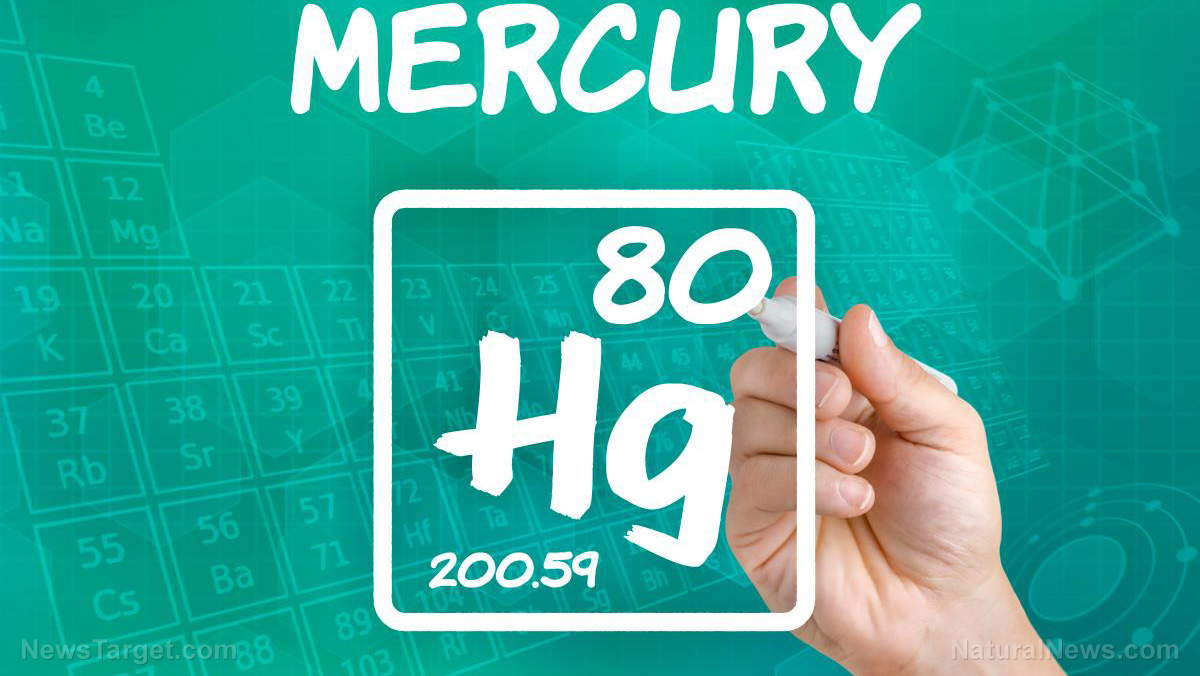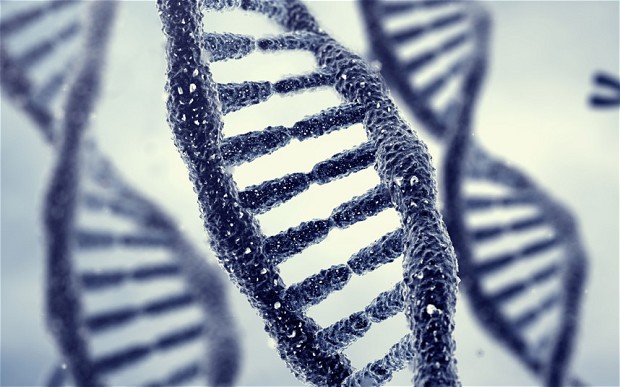Alaska’s permafrost holds the world’s largest deposit of mercury; concern growing over potential dangers such as contamination of food supply, water
03/29/2018 / By Frances Bloomfield

Mercury is found all over the world — in the soil, water, and air. Very rarely do we associate mercury with ice. Yet, as researchers have discovered, that’s what we have to worry about the most. After all, the world’s largest mercury deposit is present in the Northern Hemisphere’s permafrost.
Between 2004 and 2012, the researchers drilled into 13 permafrost soil cores all over Alaska. They then used statistical analysis to gauge the total ratio of mercury to carbon in each sample. When they were able to gauge the mercury contents of the permafrost soil cores, they came up with an estimate of the amount of mercury contained in permafrost. The number came to around 793 gigagrams. That’s about 15 million gallons of mercury spread across Alaska, Canada, Siberia, and Tibet.
“The amount of mercury in permafrost regions is 10 times higher than mercury introduced to the atmosphere from burning coal over the last 30 years,” said Kevin Schaefer, one of the lead study authors. “It’s a massive amount. We should be very worried about this.”
According to Schaefer, that enormous accumulation of mercury most likely happened as a result of the mercury cycle. This rare but naturally occurring element is capable of mimicking nutrients essential to plant growth. Plants mistakenly absorb mercury and retain it even after they die, becoming part of the soil then eventually the permafrost. Without any other organic matter to pass onto, the mercury simply remains trapped in the ice and left to amass as time goes on.
Although frozen in the permafrost, the mercury deposit has the potential to leak into adjacent waterways. From there, mercury can turn into methylmercury, a very dangerous form of mercury and the major cause of mercury poisoning.
As per Healthline.com, the symptoms of mercury poisoning are largely neurological. They run the gamut from memory problems to muscle weakness to tremors. Children and infants are especially vulnerable to the negative effects of methylmercury. Exposure to high levels of this element can cause them to have delays in their fine motor skills, visual-spatial awareness, and language development. Adults can suffer from permanent damage to their brains and kidneys, and run the risk of circulatory failure.
Mercury poisoning can occur when one eats mercury-containing fish. Predatory fish such as swordfish, tuna, and sharks are known to contain the highest levels of mercury, with marlin and king mackerel following close by. Gold mining and breathing in air from industrialized areas can contribute to mercury buildup as well.
“It’s a very big concern for rural communities and anyone who relies on subsistence food resources like the salmon,” stated Edda Mutter, science director for the Yukon River Inter-Tribal Watershed Council. Mutter, who had no involvement in the study, further noted that mercury contamination can move up the food chain at an unprecedented pace, increasing the chances of mercury tainting the local peoples’ food supply. (Related: Mercury poisoning from Michigan’s coal plants threatens people, fish and wildlife.)
Currently, it’s unknown if any of Yukon’s lakes have been polluted by the mercury in the permafrost. The answer may come in time. Schaefer has said that his next study will be a continuation of his work with the soil cores. But instead of drilling into the permafrost, Schaefer will run model projections to determine the amount of mercury that will be released at a particular time and at a specific place. “This will help answer a lot of questions on how the thawing of permafrost will affect the local and global food chains,” he remarked.
Visit Environ.news to remain updated on any upcoming news about the mercury deposit.
Sources include:
Tagged Under: Alaska, Alaska's permafrost, Ecology, environ, environment, health and safety, mercury, mercury deposit, mercury poisoning, mercury reservoir, methylmercury, permafrost, polluted water, toxic elements


















